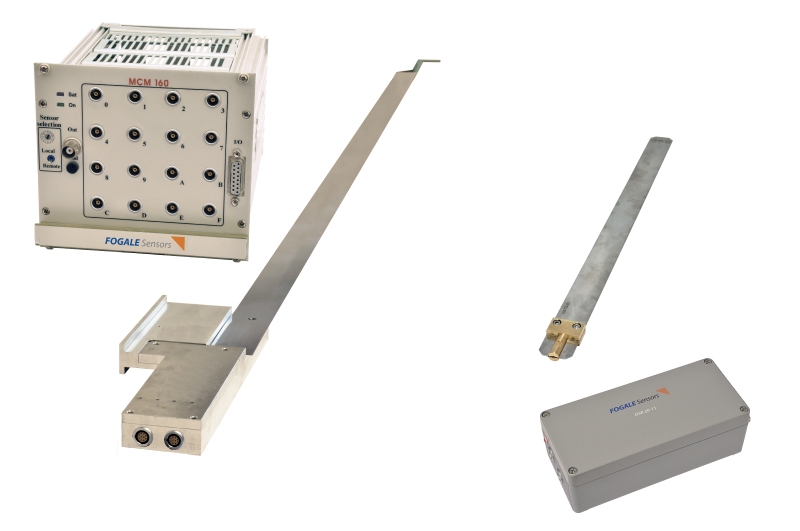
Measuring systems
GAPLINE
Gap measurement systems for nuclear reactors fuel assemblies

Purpose & use cases
In both civilian and defense sectors, maintaining accurate spacing between fuel rods is critical for:
- Ensuring nuclear safety and uniform neutron flux
- Preventing contact, hot spots, or damage to cladding
- Monitoring geometric evolution under thermal and mechanical loads
Architecture & key components
Optical gap measurement – civilian PWR fuel assemblies
Used by fuel assembly designers and manufacturers in civilian nuclear power plants.
- Light source: directed optical transmitter
- Sensor: fiber-optic receiver module
- Signal conditioner: distance decoding electronics
- Applications: clean room or shop-floor inspection, automated fuel rod spacing validation
- Integration: on control benches or robotic inspection tools
Capacitive gap measurement – Naval fuel assemblies (submarines)
Used for flat fuel assemblies typical in naval propulsion systems.
- Rigid capacitive probe: stable, high-resolution design for tiny spaces
- Measurement length up to 2m (other lengths on request)
- Signal conditioner: ultra-stable, recalibration-free electronic
Proven applications
- Civil nuclear reactors (PWR): non-contact gap measurement between fuel rods
- Naval propulsion systems (submarines): inspection of flat fuel assembly spacing
- Verification of initial or long-term fuel rod positioning
- Detection of rod deformation, bowing, or grid wear
- In-process or post-irradiation dimensional inspection
Key Advantages
- Fully non-contact sensing to avoid surface or cladding damage
- High resolution and repeatability (≤ 1 µm)
- Long-length measurement capability (up to 2m for capacitive)
- Compatible with irradiated, submerged, or high-radiation environments
- Custom sensor form factor for flat or cylindrical rod arrangements
- Compatible with OEM quality inspection workflows
Services Available
- Design validation with customer’s fuel assembly or mock-up
- Supply of complete sensing chain: probe, electronics, cables
- On-site or remote technical support
- Calibration tools and mechanical integration assistance
- Quality documentation and qualification protocols